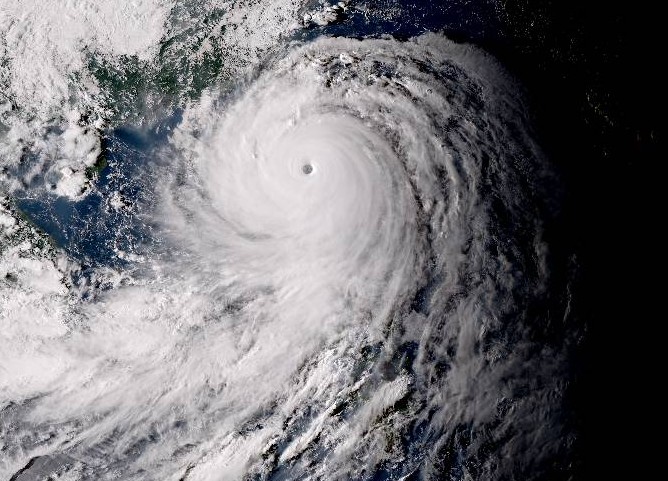Super Typhoon Nando Exits Philippine Waters as Opong Looms
Super typhoon Nando, internationally known as Ragasa, has left the Philippine area of responsibility (PAR), PAGASA confirmed at 4:50 a.m. Tuesday.
The typhoon was the first super typhoon to hit the Philippines this year. Its peak winds reached a stunning 215 kph, with gusts soaring up to 295 kph.
Central pressure fell to 910 hectopascals, making it the most violent storm on Earth so far in 2025. Lower central pressure means a stronger pressure grade, which energizes the ferocious winds girding the storm’s eye.
Nando tore through the Babuyan islets and made landfall on Panuitan Island in Calayan City on Monday autumn. As of 8 a.m. Tuesday, it was 340 km west-northwest of Calayan, Cagayan, still bringing winds of 185 kph and gusts up to 230 kph.
Northern Luzon and the corridor of Central Luzon remain on alert. According to the 5 a.m. bulletin, Ilocos Norte, northwestern Apayao, and northwestern Cagayan are still under signal no. 3.
‘Opong’ Approaches
Meanwhile, a new tropical depression is forming east of Visayas. At 8 a.m. Tuesday, it was spotted 1,090 km east of Eastern Visayas, packing winds of 55 kph and gusts up to 70 kph. It’s advancing westward at 35 kph.
The low pressure east of southern Luzon has developed into a tropical depression.
It was last spotted 1.075 km. east of Eastern Visayas as of 10 a.m. Tuesday (Sept. 23, 2025) and will be given the local name Opong once it enters the Philippine Area of Responsibility (PAR) this… pic.twitter.com/1WaEz35mvR
— Philippine News Agency (@pnagovph) September 23, 2025
Once it enters the PAR, it’ll be named Opong, marking the fifteenth storm of the time and the fifth in September alone.
Meteorologists advise that Opong may strike Eastern Visayas or the Bicol Region, potentially causing heavy downfall over the central corridor of the archipelago by Friday and Saturday.
Authorities are prompting residents to stay watchful and heed original advisories as the region braces for further turbulent rainfall.






